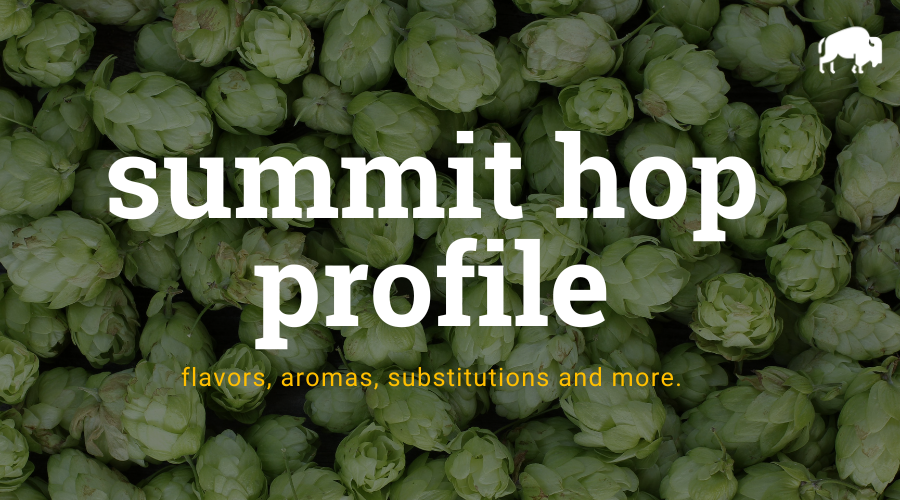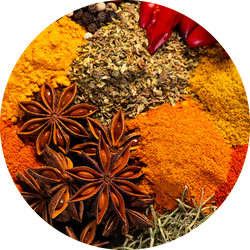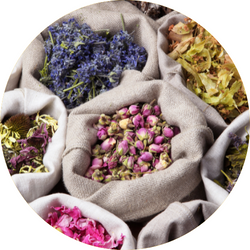
Summit hops are a high-alpha acid variety of hops first bred in the Yakima Valley in Washington, USA, by Roger Jeske for the American Dwarf Hop Association. It is a semi-dwarf hop with a low-trellis structure created through a complex breeding process involving a Nugget-Zeus cross, open pollination, and multiple crosses with Zeus and Lexus.
Summit hops are primarily used for bittering but can also contribute a pungent aroma characterized by herbs and spices such as black pepper and anise. They have an intense grapefruit peel-like aroma that fades into anise and black pepper spice. Additionally, Summit hops are disease-resistant and susceptible to neither powdery mildew nor verticillium wilt.
| Usage: | Bittering |
| Country of Origin: | United States |
| Hop Growers Code: | SUM AD24-002 |
Where To Buy Summit Hops
Summit Flavor And Aroma
Summit is a bittering hop that is often described to have the following aroma characteristics:

pepper, anise, garlic, onion

orange, pink grapefruit, tangerine, citrus

cannabis
Summit Hop Oil Breakdown
Hop oils can vary from year to year and farm to farm but based on our research, here are the typical values we have seen reported. This information comes from various hop farms, The Hop Aroma Compendium, and For The Love Of Hops.
| Alpha Acid % (AA) Alpha acids are what is isomerized when boiling to create bitterness in beer. | 16% – 18% |
| Beta Acid % Beta acids are what give hops their more aroma and flavor compounds. | 3.3% – 4.3% |
| Alpha-Beta Ratio This ratio of alpha acids to beta acids determines how quickly bitterness fades during aging. Lower ratios are common for aromatic varieties. | 2:1 – 4:1 |
| Co-Humulone as a % of Alpha Higher numbers are said to impart a harsher bitterness. | 26% – 33% |
| Total Oils (mL/100g) With more total oils, typically comes a more complex hop profile but these are highly volatile compounds. | 1.5mL – 3mL |
| Myrcene green, resinous | 30% – 50% |
| Humulene woody, piney | 15% – 25% |
| Caryophyllene woody | 10% – 16% |
| Farnesene floral | 0% – 1% |
| Other Oils: Includes beta-ionine, beta-pinene, limonene, linalool, geranoil & selinene | 21% – 40% |
| Hop Storage Index (HSI) The HSI indicates the percent of alpha and beta acids lost after 6 months of storage at room temperature (68°F or 20°C). | Retains 85% alpha acid after 6 months storage at 20ºC (68ºF). |
| Hop Storage Index (HSI) Rating | Great |
Summit Hop Substitutions
Replacing one hop for another is seldom straightforward but sometimes you don’t have the right hop or the right quantity of hops for the beer you want to make. For those situations, we have made a comprehensive list of hops to substitute on brew day.
These substitutions aren’t perfect as hop chemistry is pretty complex.
We wanted to make this list of substitutions with varietals that are easy to find when possible. For Summit, we recommend substituting with the following hops:
Beer Styles
For the most part, any hop could have a place in just about any beer style. Based on popular beers, historical usage, and our own preferences, we would recommend using Summit for IPA, New England IPA, Pale Ale, Wheat Beer, Golden Ale. That being said, experiment and see what works best for you.
References
https://www.hopslist.com/
https://www.ars.usda.gov/
https://www.brewersassociation.org/
https://www.barthhaasx.com/
https://www.yakimachief.com/
Hieronymus, Stan. For The Love of Hops. Brewers Publications, 2012
The Hop Aroma Compendium. 2012


